A GUIDE TO GROWING AND CULTURE OF LILIES
Asiatic Hybrids
Most of these lilies are hardy to zone 2 and very easy to grow. They come in all shades and color combinations. These hybrids multiply rapidly and bloom over a long season. The flowers can be up-facing, side-facing or down-facing, vary in height and flower mid season.
Martagon Hybrids
These dainty flowered ones are fast becoming popular, with as many a 50 flowers on tall erect stems with whorled leaves. These lilies often take a year to settle in and are known to sulk the first growing season, sometimes not showing any presence until the next growing season. Once established in the border or garden they can be left alone for many years. They are the only lilies that prefer dappled shade.
Orientals, Trumpet and Aurelians
These varieties are the most exotic and showy of all lilies. These varieties multiply more slowly. They can be grown on the prairies but it takes a little more effort on your part of amending the soil and providing heavier winter protection of straw, leaves and peat moss. We find that Spring planting of these groups allows them to settle in and are more apt to make it through the winter. Protecting them from the first frosts, by covering them with a cardboard box will allow the bulbs to mature more fully for the following year. These large beautiful scented flowers that bloom late summer will be well worth the extra effort needed. For this reason we do not offer replacements for failure to grow on these varieties.
Orienpet - Longipet - L.O. Hybrids
These lilies are breakthroughs in the lily hybridzing world giving improved hybrid vigor and large showy flower. They are more hardier than their parents; the orientals, trumpets and longiflorums, However these should be mulch to aid in over wintering in cold climates. Spring planting of these groups allows them to settle in and are more apt to make it through the winter.
Species
Species lilies require specialized care due to their different natural growing conditions through-out the world. Anyone endeavoring to grow these varieties needs to research their growing requirements. Species bulbs for the most part are smaller than hybrid varieties, but will produce good quality stems and blooms. Their delicate, beautiful flowers will be well worth the effort required.
Planting Instructions
Lily bulbs are never completely dormant so they must be planted as soon as possible. If for some reason you are unable to plant your bulbs immediately, then keep them in a refrigerator (Not freezer) until you can plant them. Store them in a poly bag in slightly damp peat moss in the crisper of the fridge.
(1) Location: It is important to choose the right location. Lilies require direct sunlight for part to all of the day. They also require "Well Drained Soil". A medium sandy loam soil with a reasonable amount of humus is ideal. Peat moss can also be added. Heavy soils can be lightened with course sand and peat moss. If using manure make sure it is well rotted and use as top dress only, otherwise it can cause damage to the bulbs by lowering their disease resistance.
(2) Planting: Most lilies should be planted to a depth of 6" and 12-16"apart. Trumpets and orientals should be planted to a depth of 8" for extra winter protection. Place your lily bulb with its roots down and scale points up. A little bone meal may be added at this time. Cover with your soil mixture. Pack the soil in well around your bulb. It is important to thoroughly water your bulbs in after planting, so the soil settles around the bulb to prevent any air pockets. Lilies make a nice show if they are planted in triangular groups of 3 per variety.
(3) Watering: They do not require daily watering but when watering be sure to water deeply enough to reach the bulb. Avoid wetting the leaves. Excessive watering will cause your bulb to rot.
(4) Fertilizing: A light to moderate fertilizer (20-20-20) can be applied just before flowering and after blooming is completed to keep bulbs healthy.
Do not fertilize too late in the fall as bulbs can become too soft and rot.
(5) Labelling: It is wise to mark each bulb planted with a stake and a weather resistant marker, so as not to damage the lily shoots in the spring when working around your lily bulbs.
Container Growing
Bulbs may be planted singly in a 6" pot or in
groups of 3 in a larger pot, allow for 4-6" of soil above the bulb. Use a commercial potting soil mixed with 1/3 peat and 1/3 perlite or sand to allow for good drainage. A regular application of fertilizer as well as repotting every year with fresh soil is recommended. Because lilies are never completely dormant, extra care for winter must be taken. Place pots in a root cellar or remove bulbs and store in plastic bags with peat moss in a fridge. Bulbs should not get below freezing.
Fall Care
Do not remove or cutback the spent stalks until complete dieback has occurred in the fall or it could weaken the bulb. Fall is the best time to divide your clump of lilies. This is advised to be done every 4-5 years. Use a spading fork and carefully lift the bulbs from underneath, being careful not to damage the bulbs. Separate the larger bulbs and replant as soon as possible into freshly amended soil. Plant the smaller bulblets 2" deep.Asiatic Hybrids:
Cutting Stems
When cutting a stem, leave at least one third of the stalk to feed the bulb so it can mature properly for the following year. The best time to cut is early in the morning. Place in warm water and enjoy their beauty and fragrance!
Pollen Stains
To prevent staining the pollen should be removed from the anthers of cut flowers. If staining occurs, brush access pollen off lightly and treat the stain with any stain remover or dish detergent . Launder as usual.
Diseases and Pests
Botrytis - is a fungus disease, which affects the leaves of lilies, caused by excessive moisture and warm temperatures. The first signs can be brown spots on the leaves. In severe cases the whole leaf and stem can become infected and the whole plant decay and collapse. Injury to plants, like frost or hail will make it easier for Botrytis spores to enter the leaf; spraying is strongly advised very soon after injury. The disease is not carried by the bulb so it will not affect flowering the following year. In early stages of infection, if possible remove noticeable spotted leaves. Spraying is highly advisable, and is only effective when foliage is dry. A copper spray can be used or natural remedies such as a baking soda mixture (1 tbsp. per gallon of water) sprayed weekly on the foliage during wet periods. Good air circulation will help prevent a outbreak. Planting lilies some distance apart will also control infection. In the fall clean up and burn dead stems and leaves.
Basal Rot - This fungus invades the bulb through the roots and basal plate. The symptoms on the growing plants are usually premature streaky yellowing of the foliage. The disease can become present in warm moist soils. As a preventive, avoid over-watering during warm summer months and provide good drainage. As for infected bulbs, you can remove the infected scales, dip the bulbs in a fungicide solution.
Blue Mold - Because lilies have a high sugar content, bruising or mechanical injury can cause a penicillin mold to form on the injured part of the bulb. This is harmless to the bulb and can be carefully removed. The bulb can be dusted with a fungicide powder and planted as usual.
Virus Diseases - Lily viruses are transmitted largely by aphids. Visible evidence of virus could be all or some of the following; Irregular mottling and flecking on the leaves, reduction in plant size and height, distorted growth, color-breaking in the flowers and leaves, brown ring patterns on bulb scales.
A few tips to help control viruses are: Destroy clumps of lilies that show severe infection, insuring that all bulbs and scales are discarded. Remove plants showing infection early in the season. Avoid planting lilies next to other host plants like Tulips or lilium tigrinum (also known as the Tiger Lily). Control aphid infections with the use of insecticides.
Lily Beetle - Long prevalent in Europe, the lily beetle (Lilioceris lilii) has been reported in eastern North America. The larvae and adult beetles feed on the leaves of lilies. The larva is a yellow grub with a dark head, covering itself in dark, slimy excrement. The adult is up to 8 millimetres (0.25 inch) long and bright scarlet with black legs and antennae. Both life stages have voracious appetites and soon devour entire plants. The eggs are laid on the underside of the foliage. The following controls are effective: Spray plants with contact and systemic insecticides; both are effective. Drench soil with a soil insecticide to kill the mature larvae that live just under the soil surface in winter. Also, avoid transporting infested soil to other sites. Catch adult beetles between the fingers and smash them. The lily beetle has only appeared in a few places on this continent, and with care, it should be possible to prevent any lasting infestation.
c/p fom lilynook with permission.


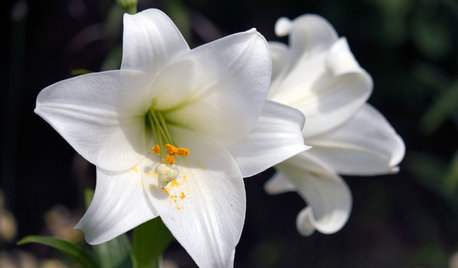
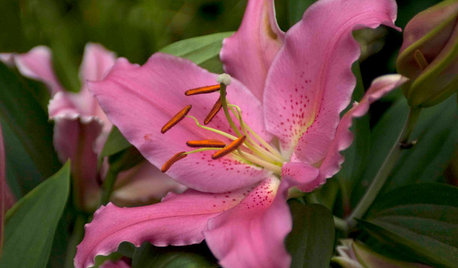
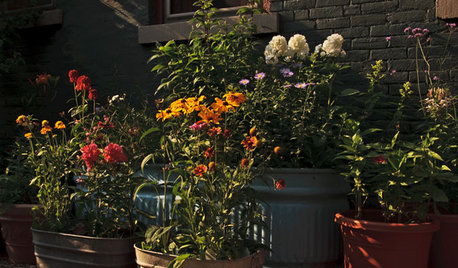
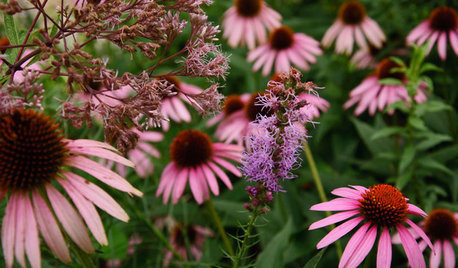
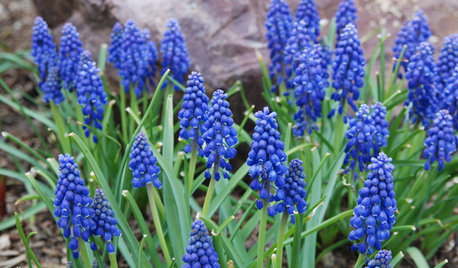

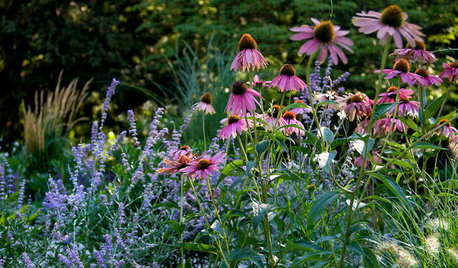







prairiemoon2 z6b MA
gardengal48 (PNW Z8/9)
Related Professionals
Allen Landscape Architects & Landscape Designers · Manchester Landscape Contractors · Westwood Landscape Contractors · Harvey Landscape Contractors · Indio Landscape Contractors · Norwalk Landscape Contractors · Secaucus Landscape Contractors · Sugar Hill Landscape Contractors · Lauderdale Lakes Landscape Contractors · Maple Heights Landscape Contractors · Hueytown Landscape Contractors · Blue Springs Decks, Patios & Outdoor Enclosures · Dayton Decks, Patios & Outdoor Enclosures · Haddonfield Decks, Patios & Outdoor Enclosures · Lincoln Decks, Patios & Outdoor Enclosures